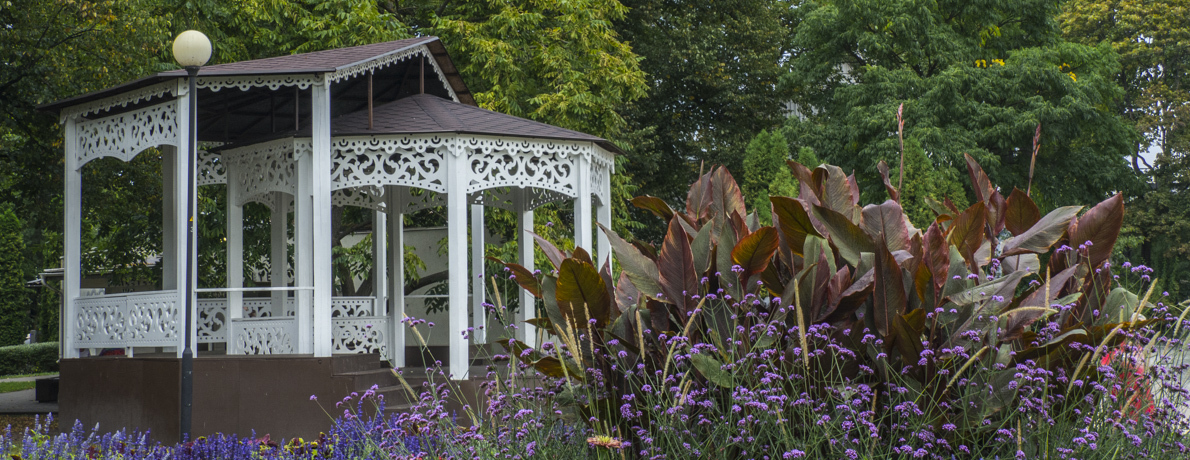
If you are a lover of Art Nouveau wooden architecture and natural landscapes you can enjoy the abundance of both in the seaside town of Jūrmala in Latvia.
On the shores of Kurzeme, a region of Latvia, Jūrmala has often been referred to as Russia by the sea. Historically, it has been, and still is, a favourite haunt of wealthy Russians. Strolling through the streets of this pretty town that stretches along the Baltic coastline I was enchanted by the eclectic assortment of beautiful buildings. Fancy facades and turrets are a regular feature of the Art Nouveau architecture that populates the fringes of its pine forests, sandy coastline and banks of the Lieulpe River. It was such a beautiful morning that I decided to forego the bus and walk into the centre of Jūrmala. My starting point was the suburb of Bulduri.
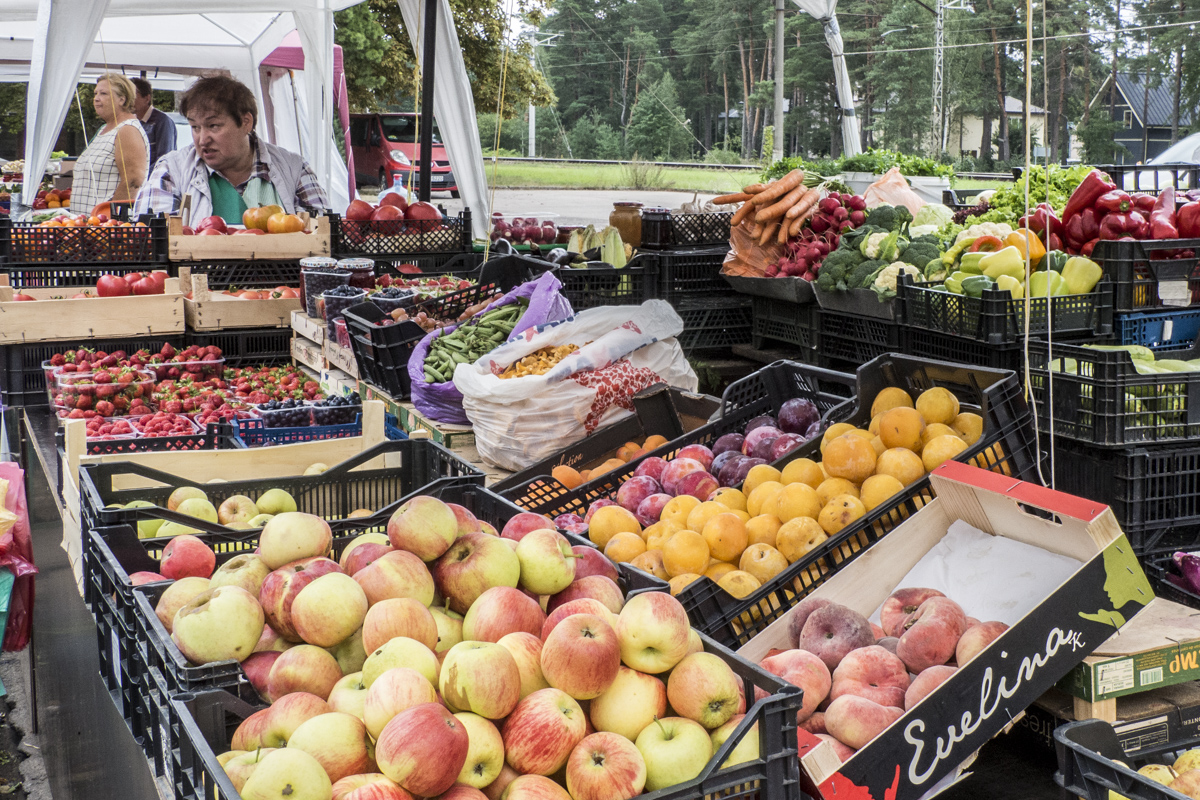
Local Market in Bulduri a district of Jūrmala in Latvia
Bulduri in Jūrmala in Latvia
Jūrmala is generally described as having evolved from a string of small fishing villages. However, Bulduri is one of two exceptions, the other being Dzintari. It was built to cater for a growing demand for summer villas here. As building here began at the end of the nineteenth century this resulted in a more orderly development and two wide boulevards were carved through the pine forest intersected by narrower residential streets. As a result, this leafy suburb features some beautiful Art Nouveau wooden villas. Some of them have been restored and converted into small hotels, holiday apartments and restaurants. Bulduri has its own local market, railway station and regular bus service into the centre of Jūrmala. But I was pleased I had decided to walk as I soon came across a pine forest.
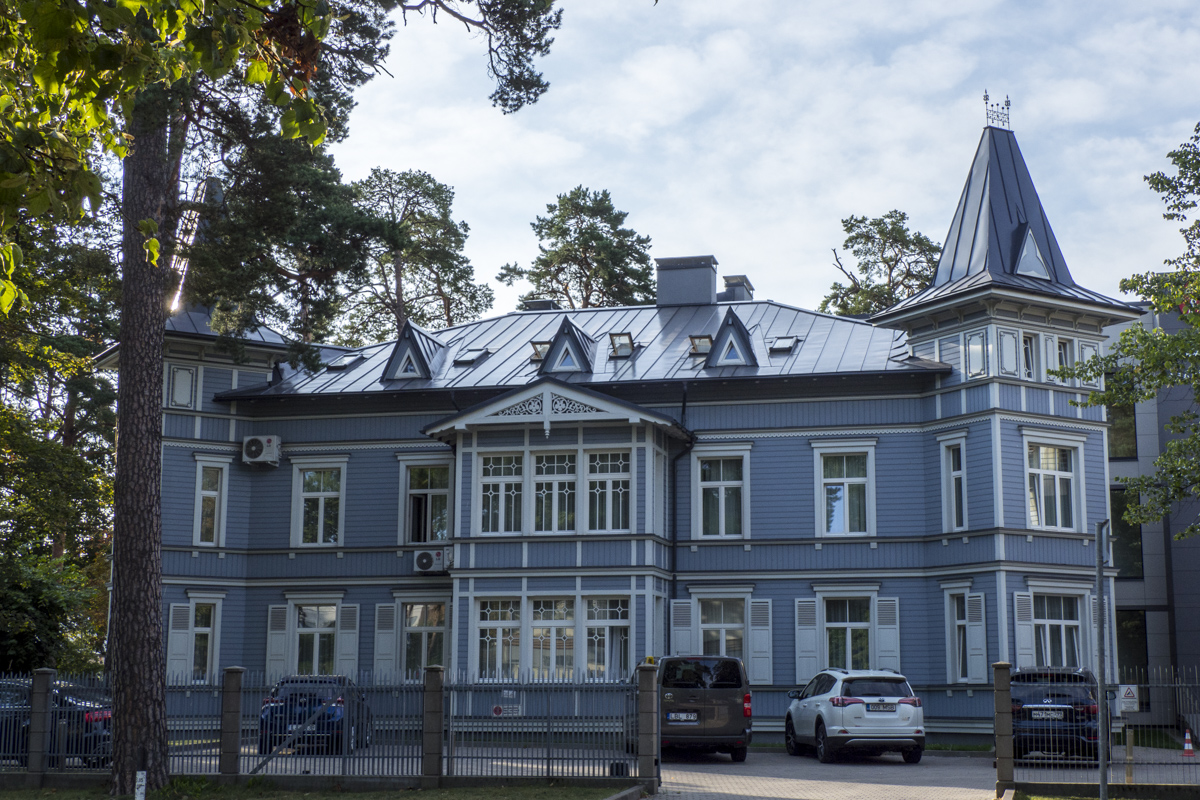
Old Art Nouveau Summer Villa in Bulduri, Jūrmala in Latvia
The Pine Forests of Jūrmala in Latvia
A narrow path led into the pine forest. It was an invitation to leave the pavement and follow it into the shade of the pine trees lined up ahead of me like soldiers standing to attention. On the far side of this forest is a highlight of Bulduri Morbergs Botanical Garden and Summer Cottage. The summer cottage, built around 1883, is a good example of neogothic wooden architecture. It was built by the Latvian entrepreneur, Kristaps Morbergs and the lavish interior still amazes its visitors since its renovation at the beginning of the twenty-first century when all the buildings in the complex were given to the State University of Latvia. I was surprised a small church amongst these trees.
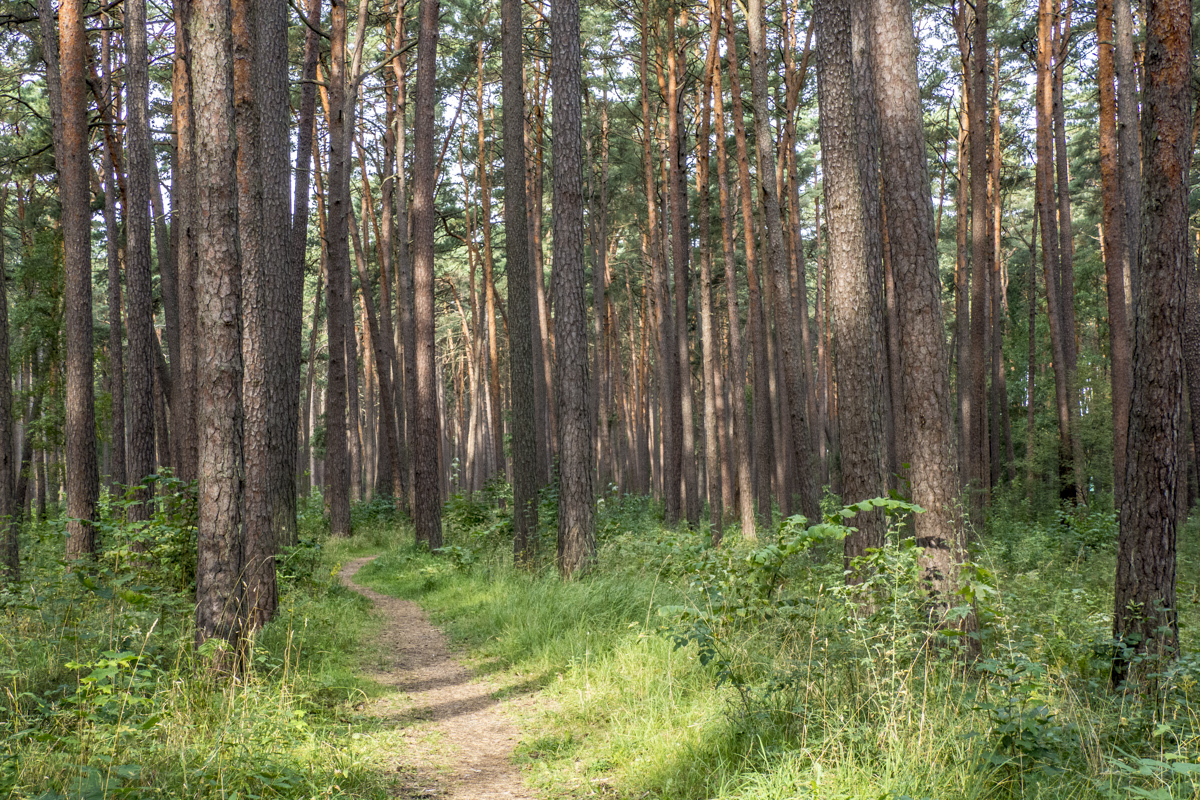
A Walk in a Pine Forest of Jūrmala in Latvia
At the time Bulduri was developing no new community (even that of summer homes) would have been imagined without a church. In 1889 a small Lutheran church was built amongst the trees of this pine forest. Originally built as a place of worship for visitors to the health spas this church was known as the Forest Chapel. After the Second World War it was used as the Latvia State Archive. It was given back to the Bulduri congregation at the end of 1990 and since then it has been repaired and partially renovated. Dzintari Forest Park is a continuation of this forest I had walked through so I continued into this landscaped area.
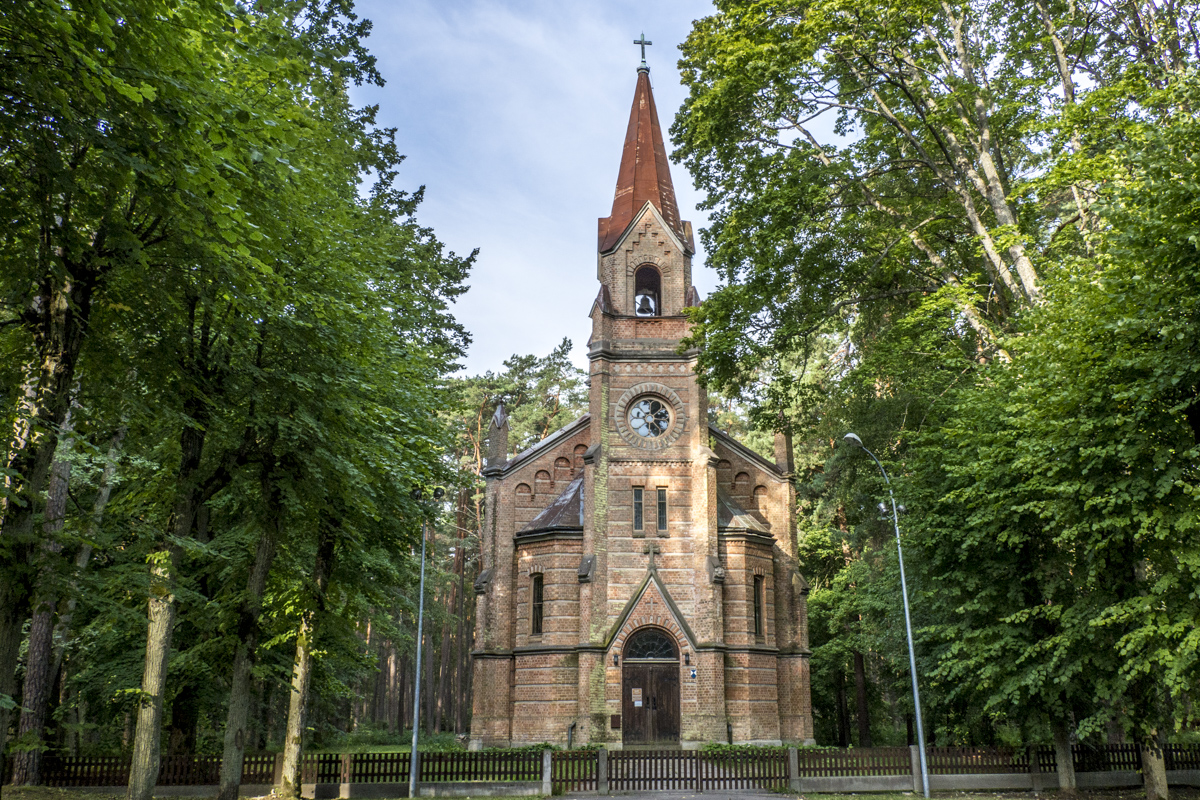
The Chapel in the Wood in Jūrmala in Latvia
Dzintari Forest Park in Jūrmala in Latvia
Dzintari Forest Park is a great mixture of board walks through the forest for walkers and strollers and adventure playgrounds for the more daring. Inside this park there is also an observation tower. This observation tower has twelve viewing platforms on the away to the large viewing platform at the top of the 33.5-metre-high structure. I left the park at the Turaida iela exit (where I found the only free toilets in town) and discovered a famous icon of Jūrmala, the Jūrmala Globe.
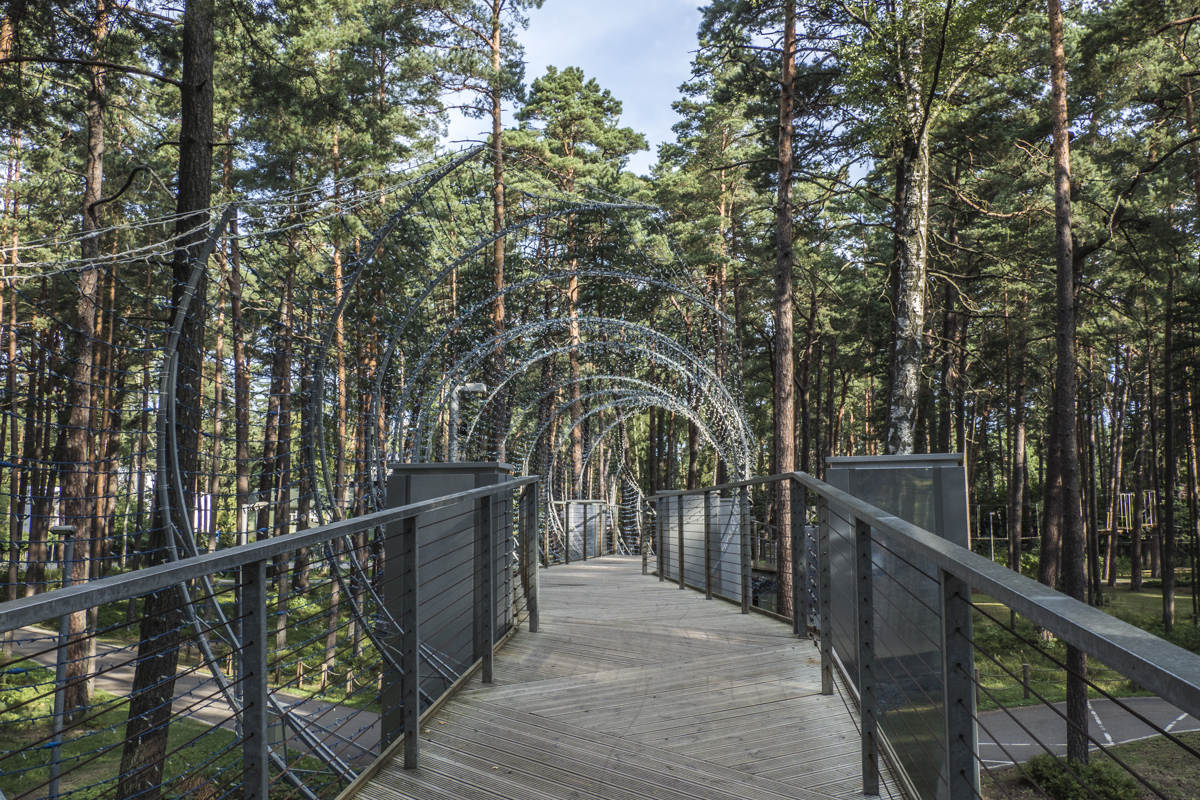
An Elevated Walkway in Dzintari Forest Park in Jūrmala in Latvia
The Jūrmala Globe in Jūrmala in Latvia
On the corner of Turaidas iela and Jomas iela is the Jūrmala Globe. This globe was originally placed near the Dzintari Concert Hall in the early 1970s. It became a symbol of the city and the places twinned with Jūrmala since the 1970s were identified on the map with illuminated circles. Badly eroded over time it was taken down and to be repaired. Following its renovation in 2016 it is on display with a new load-bearing support. Its motion and illumination mechanisms were restored and it can, once again, revolve on its axis and its twin towns light up. Flashes of colour among the scaffolding made me curious about some building works behind the globe.
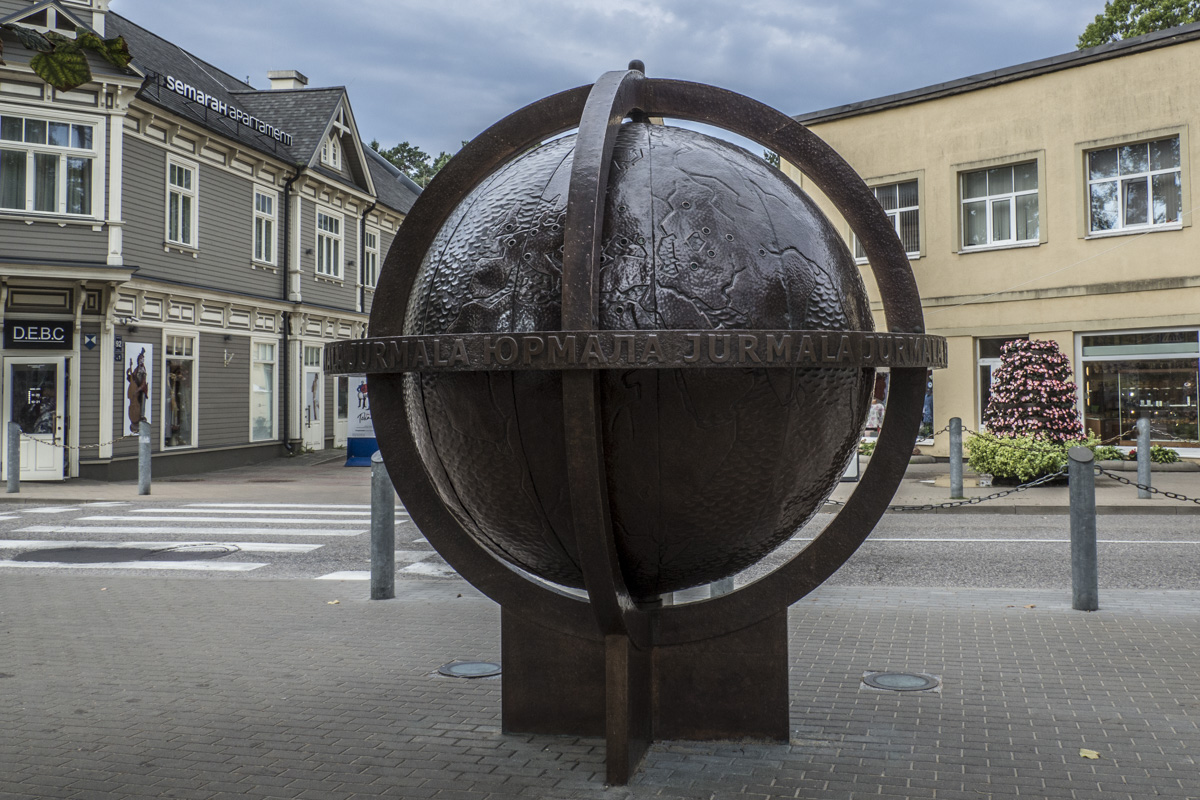
The Jūrmala Globe in Jūrmala in Latvia
The site was previously occupied by the Serbian Orthodox Church of the Most Holy Theotokos (the Virgin Mary), consecrated in 1896. This church, home to two holy treasures, survived the two World Wars and as active until 1962. Then, during the night it was completely and deliberately demolished by the Soviet state. In 2010 this church was granted permission to hold services on the site. The church is now being re-built but in a different style and relying on donations to complete the work. Also on Turaidas iela is a namesake sculpture, the Rose of Turaida.
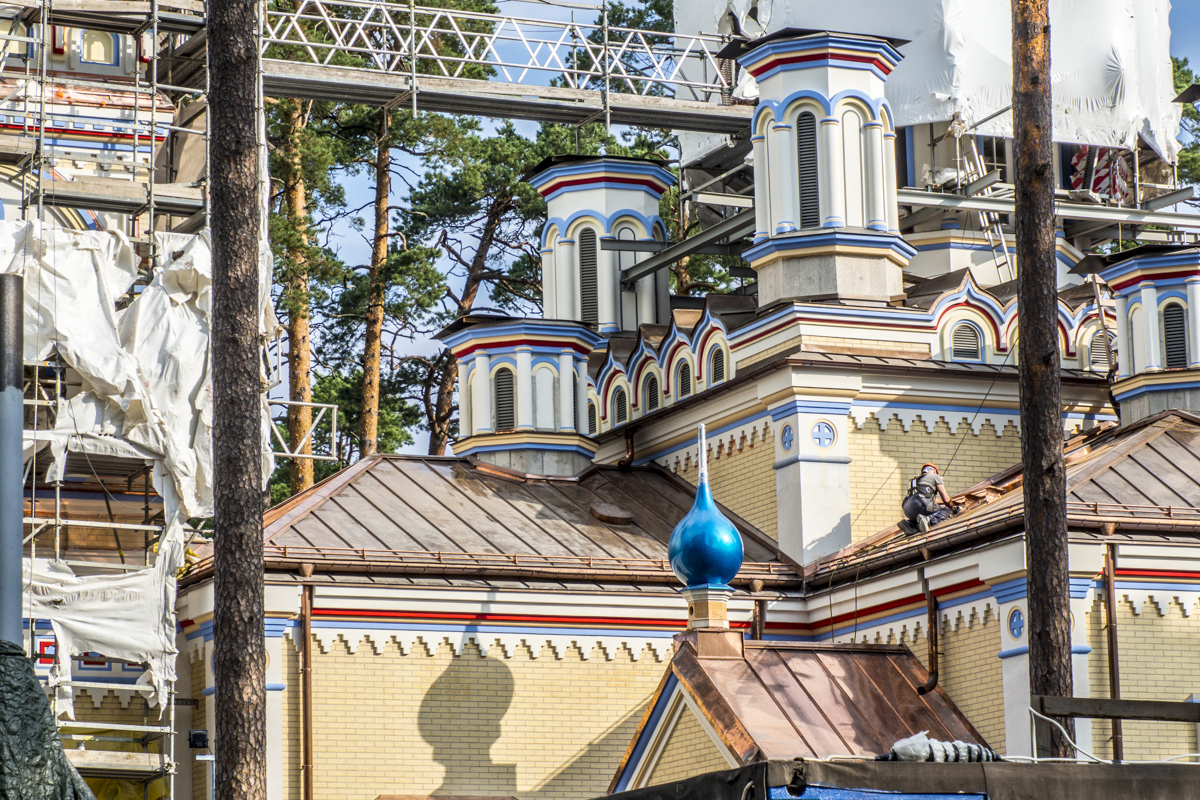
New Orthodox Church in Jūrmala in Latvia
The Rose of Turaida in Jūrmala in Latvia
Jūrmala is not only famous for its natural landscapes but also for its culture and this was my first taste. The Rose of Turaida is a modern interpretation of an old legend by the Latvian sculptor Valtis Barkāns. This legend features Maija Greif, a maiden from Turaida. She was so beautiful she became known as the Rose of Turaida. She was tricked into thinking she was meeting her fiancé. Instead it was another man who coveted her affections. She decided she would rather die than be unfaithful to her fiancé and tricked this suitor into murdering her. Easily mistaken for a lady of the Roaring Twenties she fits in very well with her surroundings. Turaidas iela is the main access to the popular gala beach and lined with interesting buildings including the Dzintari concert hall.
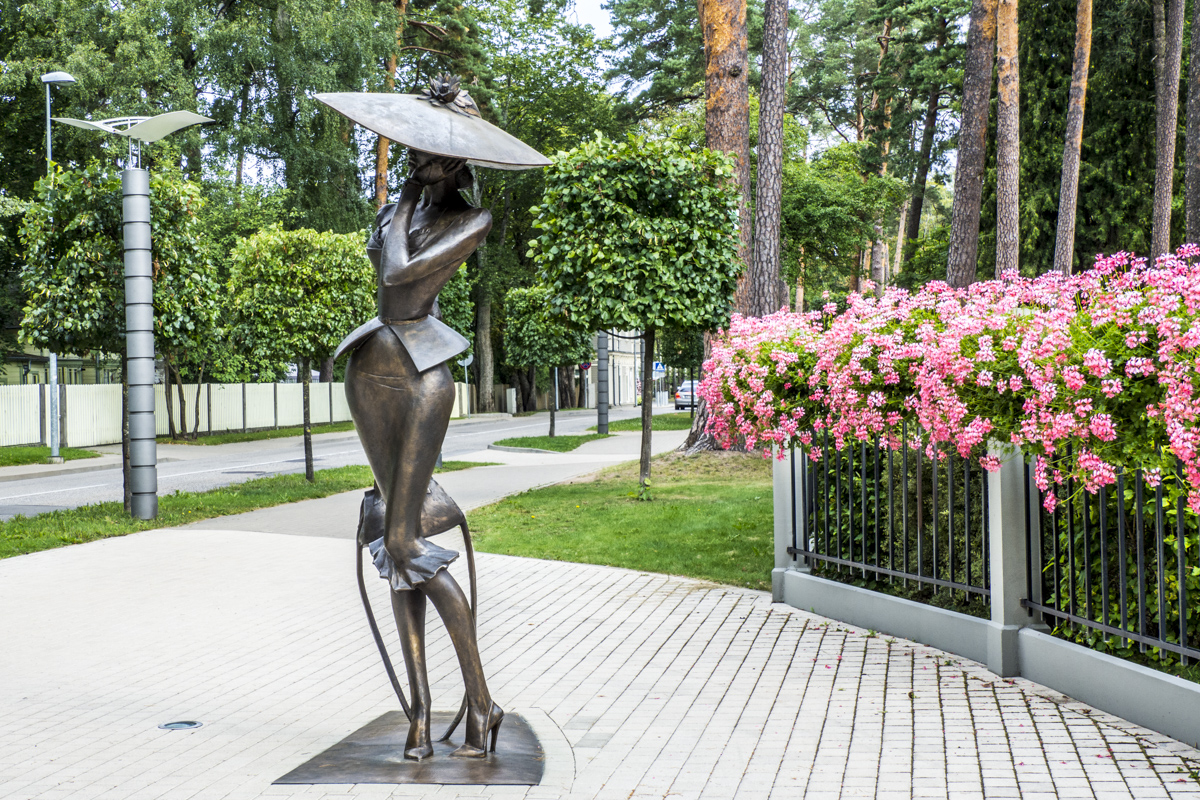
The Rose of Turaida in Jūrmala in Latvia
The Dzintaru Concert Hall in Jūrmala in Latvia
The Dzintaru Concert Hall has been the centre of cultural life in Jūrmala since it was built in 1936. Originally this complex was comprised of two impressive wooden halls, the Great Hall and the Small Hall. In 1960, during the Soviet occupation, an open-air summer hall seating two thousand people was added. I followed Turaidas iela all the way to gala beach.
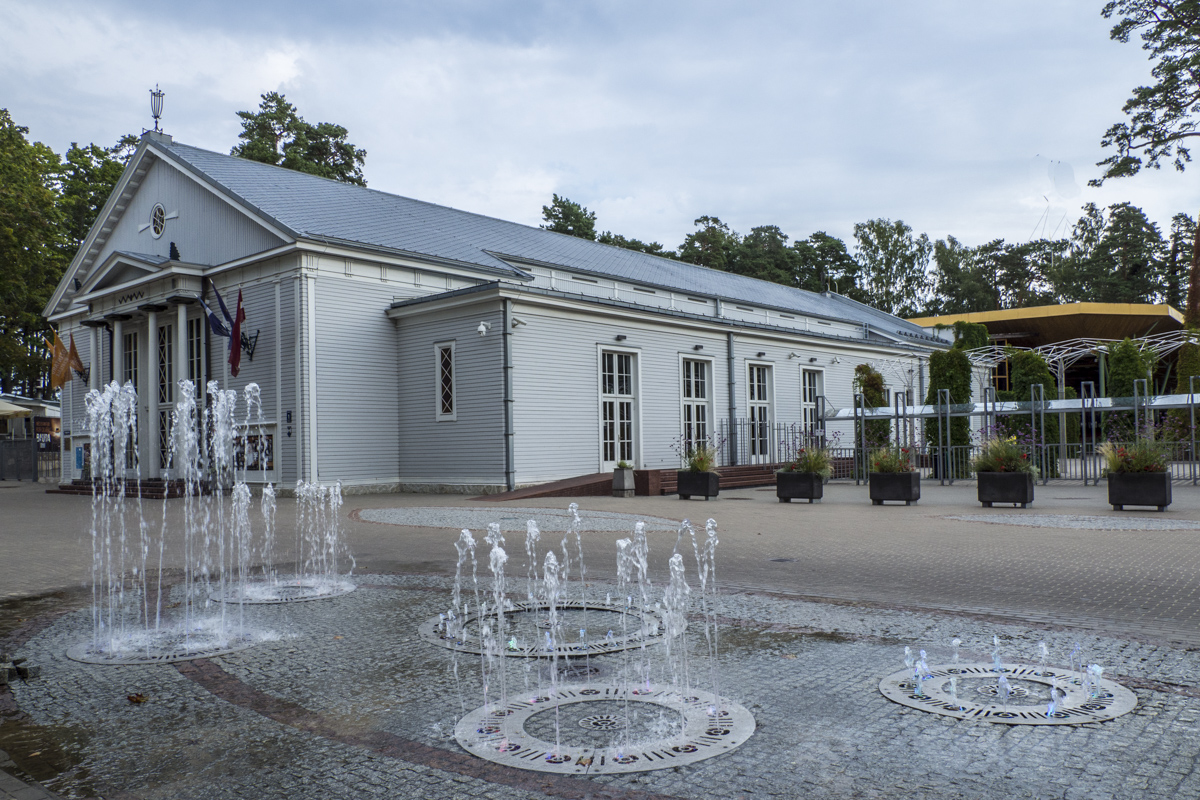
The Dzintaru Concert Hall in Jūrmala in Latvia
The Sea Front of Jūrmala in Latvia
On my way to the beach I passed several interesting buildings including a lovely little temple amongst the pine trees just before I reached the sand. The sandy beach of Jūrmala stretches along the Gulf of Riga for an incredible twenty-six kilometres. This sea front is accessible to everyone thanks to the wooden board walls along the perimeter of the beach occasionally reaching out to the sea itself. As I strolled along the beach I passed the former Swimming Establishment of Emilija Racene. Built at the beginning of the twentieth century and enlarged in 1914 it was the first of its kind. This two-storeyed building with its high plinth on the beach side represented the town reaching the beach. During Soviet times it was used for treatments. Today its empty windows stare at the beach that surrounds it.
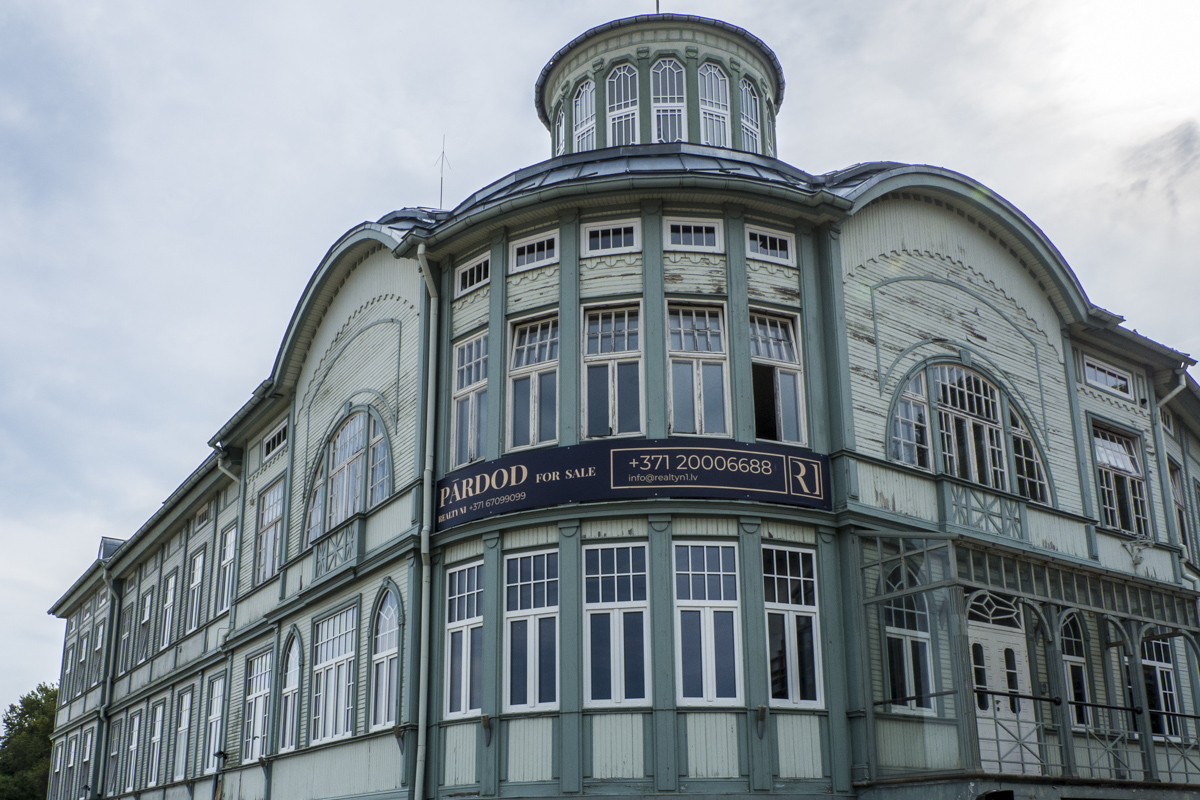
Swimming Establishment of Emilija Racene in Jūrmala in Latvia
Further along the beach I met up with Brunurupucis (The Turtle). This popular creation by the sculptor J. Bārda symbolizes long life. He stands in front of the Sea Pavilion. This famous example of Art Nouveau architecture was built in 1909 as a centre of leisure activities for visitors to Jūrmala. It was a popular venue and people stayed there until late in the evening enjoying the restaurant and dance floor. This building has carved wooden façades and a corner tower. I left the beach here and made my way towards the most famous street in town, Jomas iela.
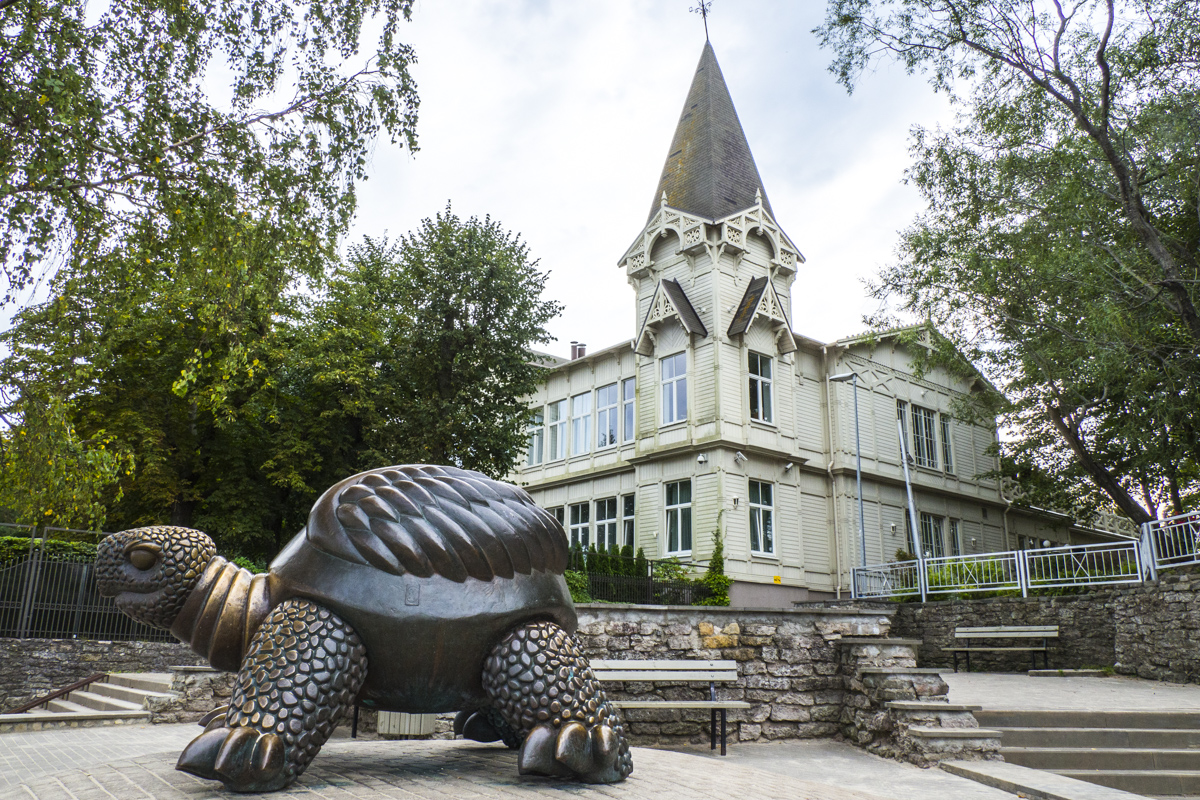
Brunurupucis in front of the Sea Pavilion in Jūrmala in Latvia
The Square on Jomas iela in Jūrmala in Latvia
As it approaches Majori train station (on the far side of the road, Jomas iela opens out into as small square. This square is dominated by a huge statue of Lacplesis, a national hero, that could easily be mistaken for St George slaying a dragon. But this hero has the ears of a bear. The sculpture, made of stone and concrete with a metal sword and shield, was put here in 1953. At first it was positioned at the edge of a pool so the spray from the water came out of the slightly open mouth of the dragon. In 2003 when the square was re-structured the sculpture underwent a full restoration and was placed in its current position. In 2006 the infinity fountain, Apvarsnis (horizon) was established in the square.
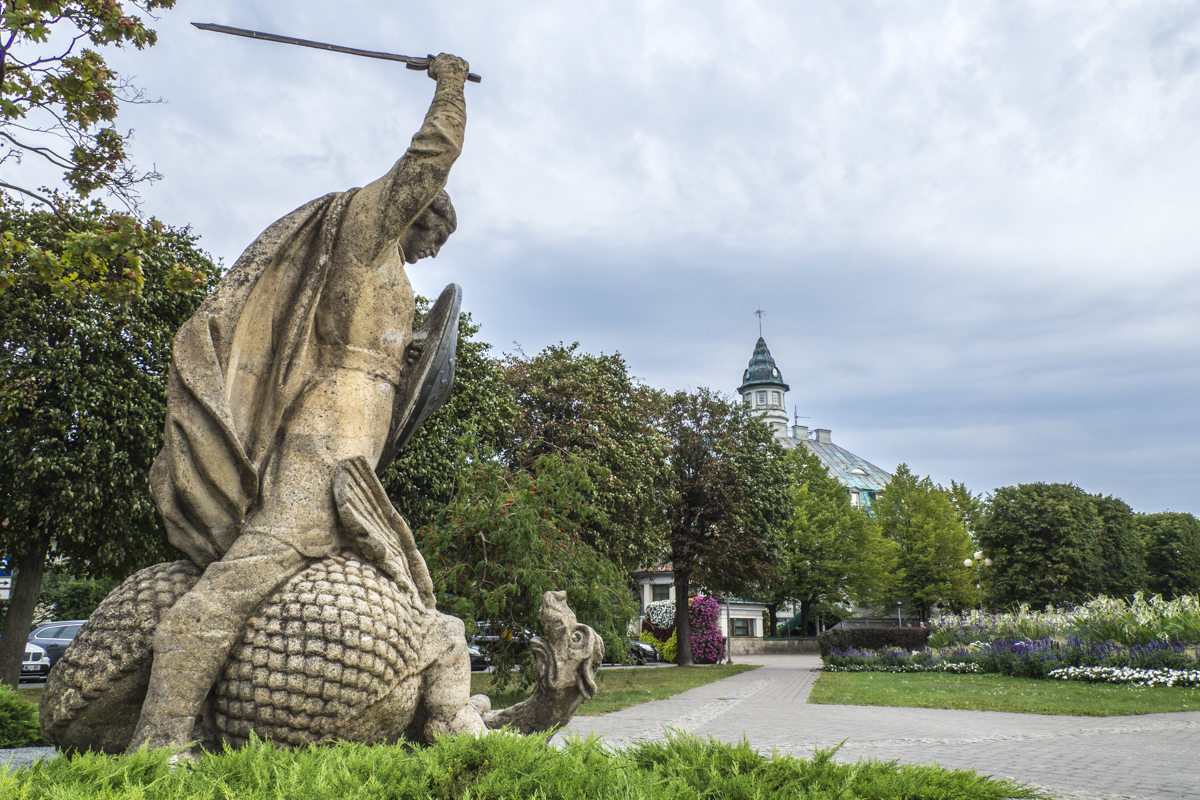
Lacplesis Slaying a Dragon in Jūrmala in Latvia
Overlooking this square is a rather spending building, the former Hotel Majori. Built in 1925 its style reflects the periods of neo-classicism and neo-baroque. The building included one hundred bed rooms and four halls. Its terraces overlooked a beautiful park with gushing fountains. During the 1930’s traditional jazz band concerts and tea dances. Sadly, this architecture monument with its corner pavilions is currently closed.
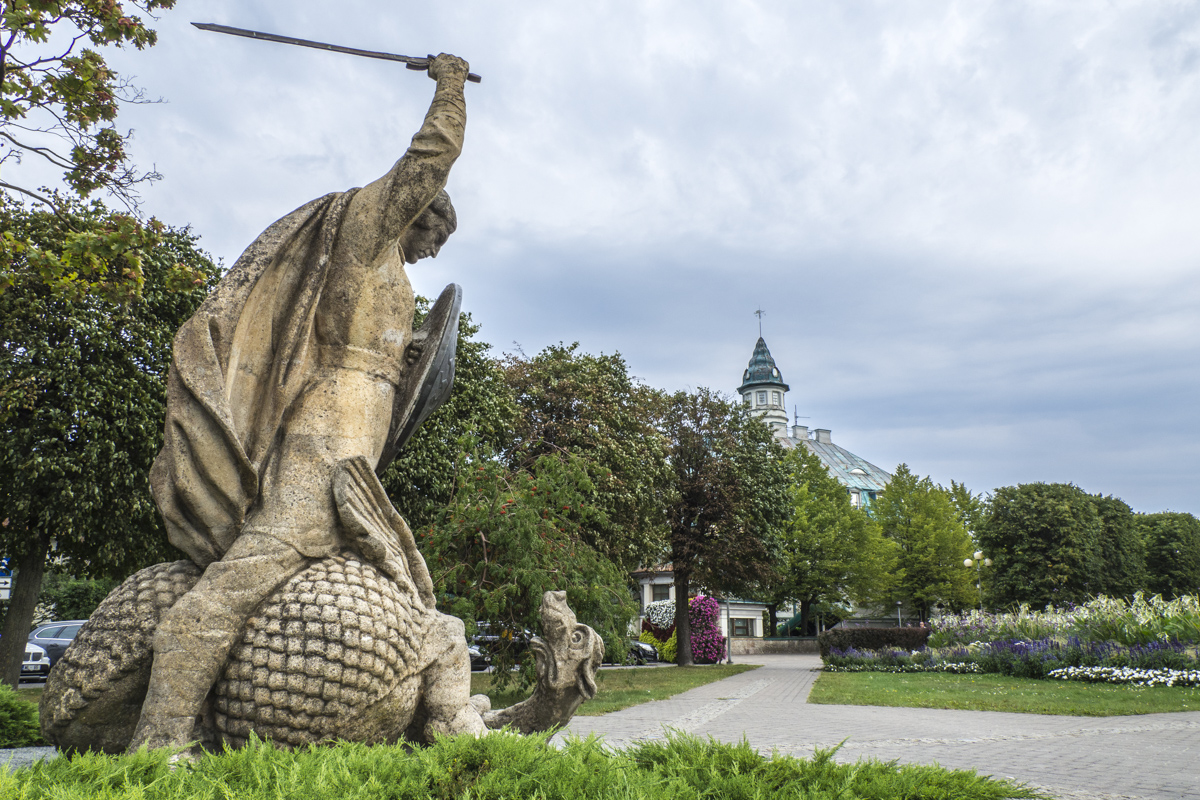
The former Hotel Majori in Jūrmala in Latvia
Just outside this square is a rare example of a stone building with a tower that was constructed in 1887. When Latvia was a free sovereign state a post office and telegraph was set up in this building. Later it housed a telephone exchange which operated until 1991. This building has been renovated and restored and today it houses apartments and offices. As short distance beyond this square is the Jūrmala City Museum.
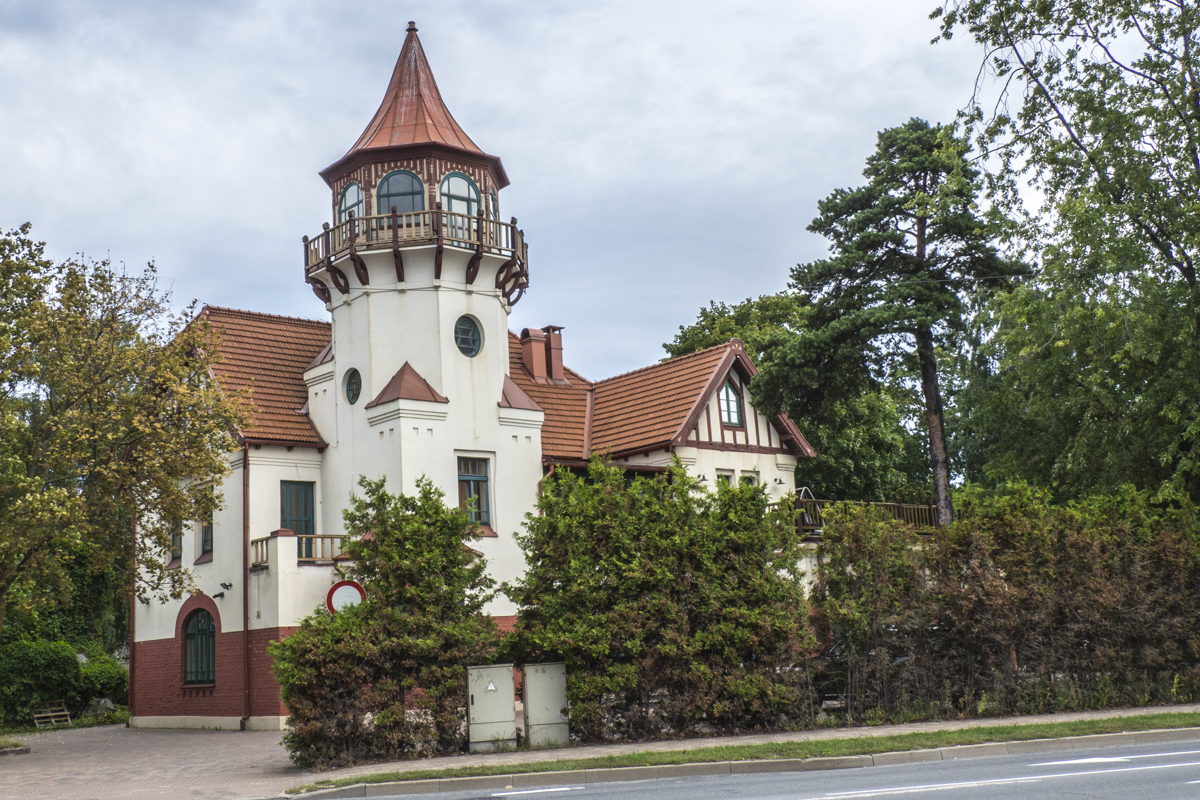
The Old Post Office in Jūrmala in Latvia
The Jūrmala City Museum in Jūrmala in Latvia
Jūrmala City Museum is housed in a modern building. An appropriate choice as it concentrates on the development of the resort from the end of the nineteenth century to the present day. There is also a permanent exhibition, Children of the Resort. This uses photographs, games, toys, books and inter-active activities to bring back memories of childhood. The museum also hosts art and cultural history exhibitions. I could not leave Jūrmala without a short stroll along the renowned Jomas iela.
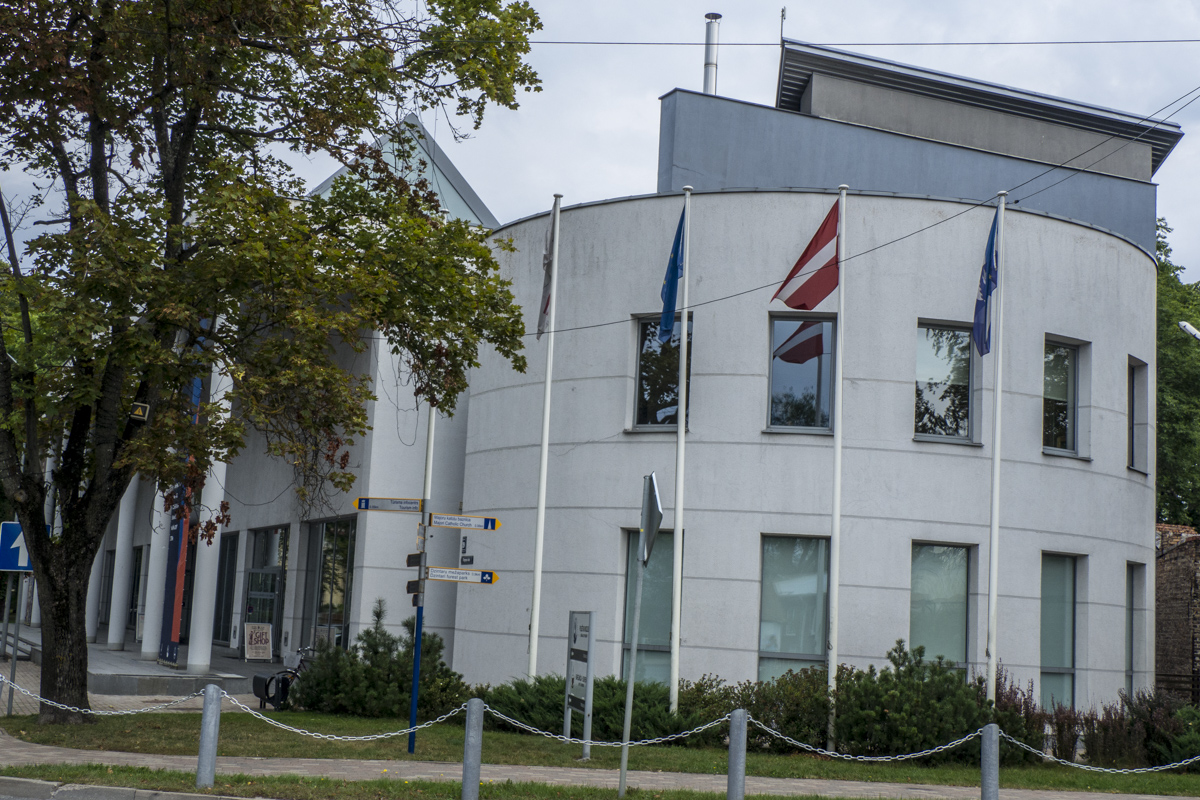
The Jūrmala City Museum in Jūrmala in Latvia
Jomas Iela in Jūrmala in Latvia
Jomas iela is named after the dunes or Jomas that once formed when the sand was blown down the street from the beach. Today, this pedestrianised street is lined with restaurants and cafés offering a diverse collection of cuisines it is the most popular place in town. Essentially a shopping and eating street it is not without its historical landmarks. And it all started at Waker’s House on the corner of Jomas iela and Tirgoņu iela or Traders’ Street. This house was part of a farm that stood here in 1870. It was owned by a baker and was used as a market place and also a shop. The owner was the first person to obtain a trading licence in Jūrmala. In 1930 the original building was replaced by this three-storey stone building that housed a store, a hotel, a restaurant and the Riga Jūrmala City Bank. Today it still operates as a shop.
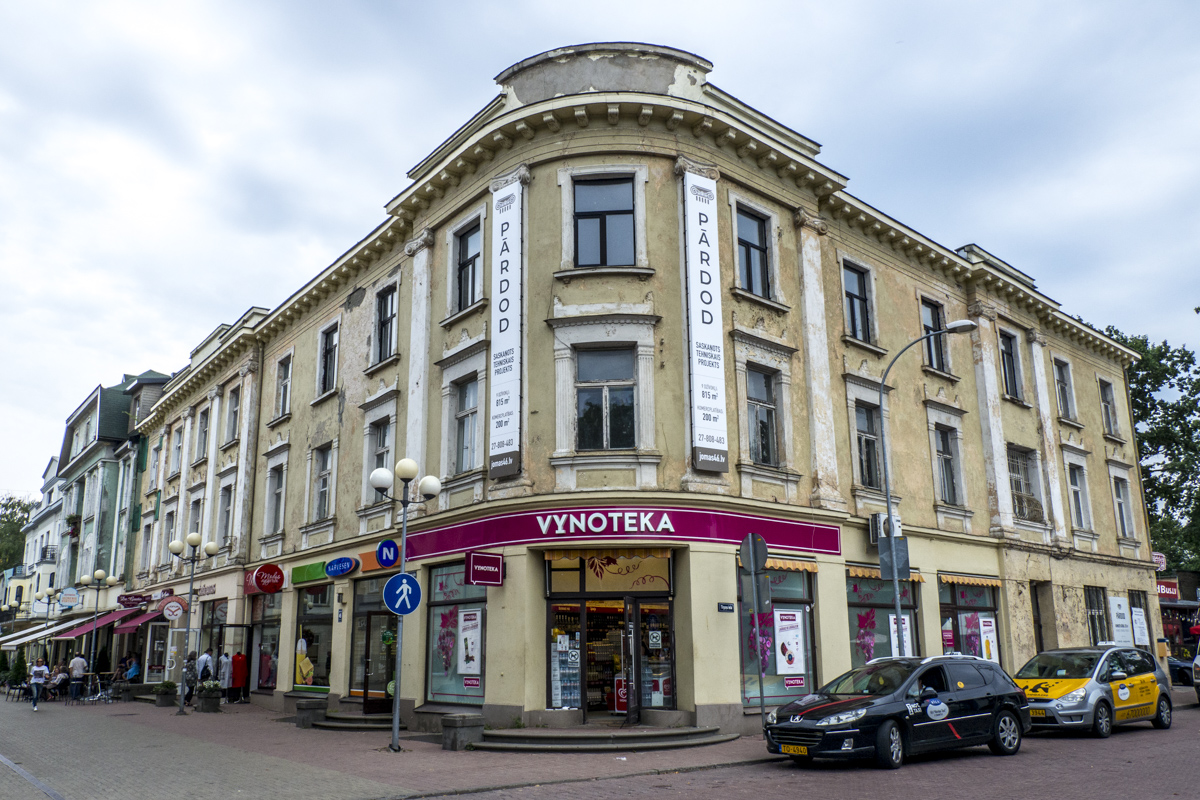
Waker’s Building on Jomas Iela in Jūrmala in Latvia
Where to Eat in Jūrmala in Latvia
36 Line Grill Restaurant is an open-sided restaurant right on the beach of Jūrmala. It has a great ambience as it is so popular nearly every table is full. The menu offers a good choice of nicely presented food – served by friendly, efficient staff. There is also the option of a short stroll along the beach after enjoying a good meal here. A great place to enjoy a leisurely lunch.
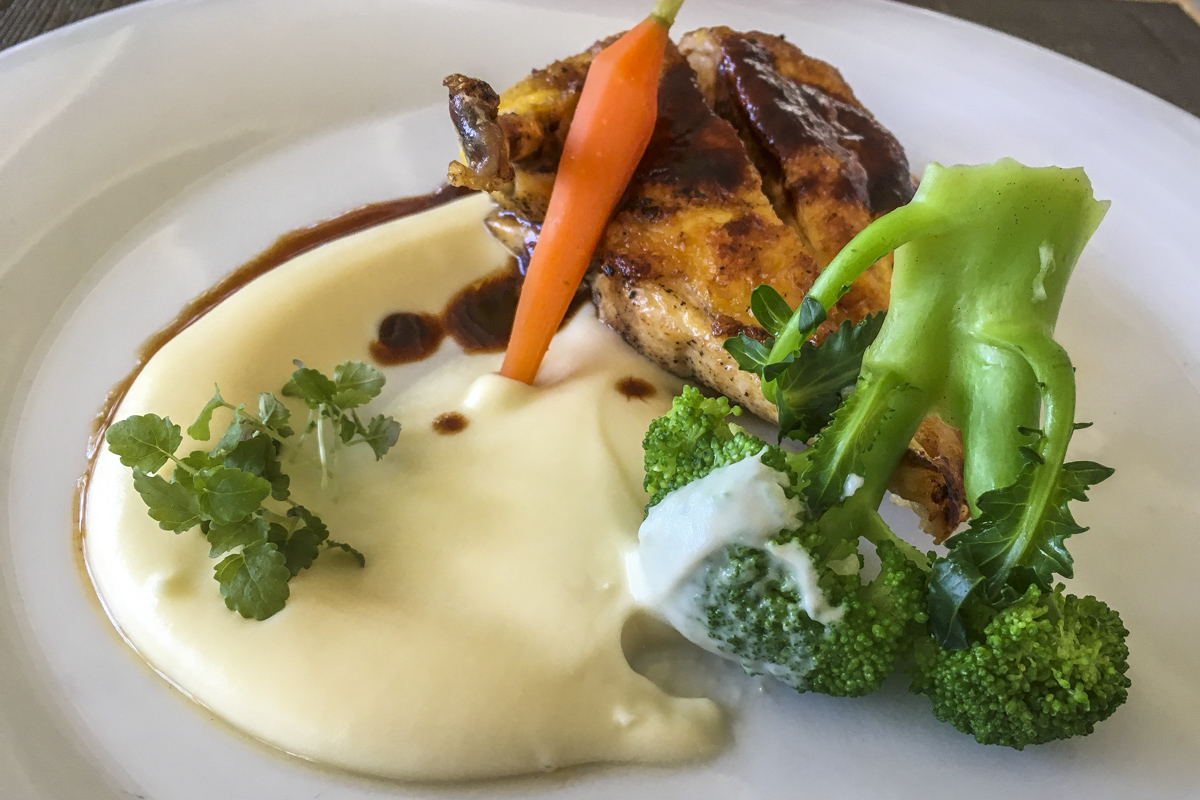
Main Course at 36 Line Grill Restaurant in Jūrmala in Latvia
Where to Stay in Jūrmala in Latvia
I stayed at the Semarah Lielupe Hotel in Jūrmala in the suburb of Bulduri. It is names after the river and a district of Jūrmala. Initially, I felt rather overwhelmed (and surprised) at the size of this hotel. However, once I was in my room it was very quiet and I had lovely views of the gardens and surrounding pine forest below me. An extensive breakfast buffet and small eating areas made breakfast an enjoyable experience. This hotel is conveniently placed to visit all areas of Jūrmala – on foot, by bus or on a bicycle. It is also close to Bulduri train station for easy commuting into Riga.
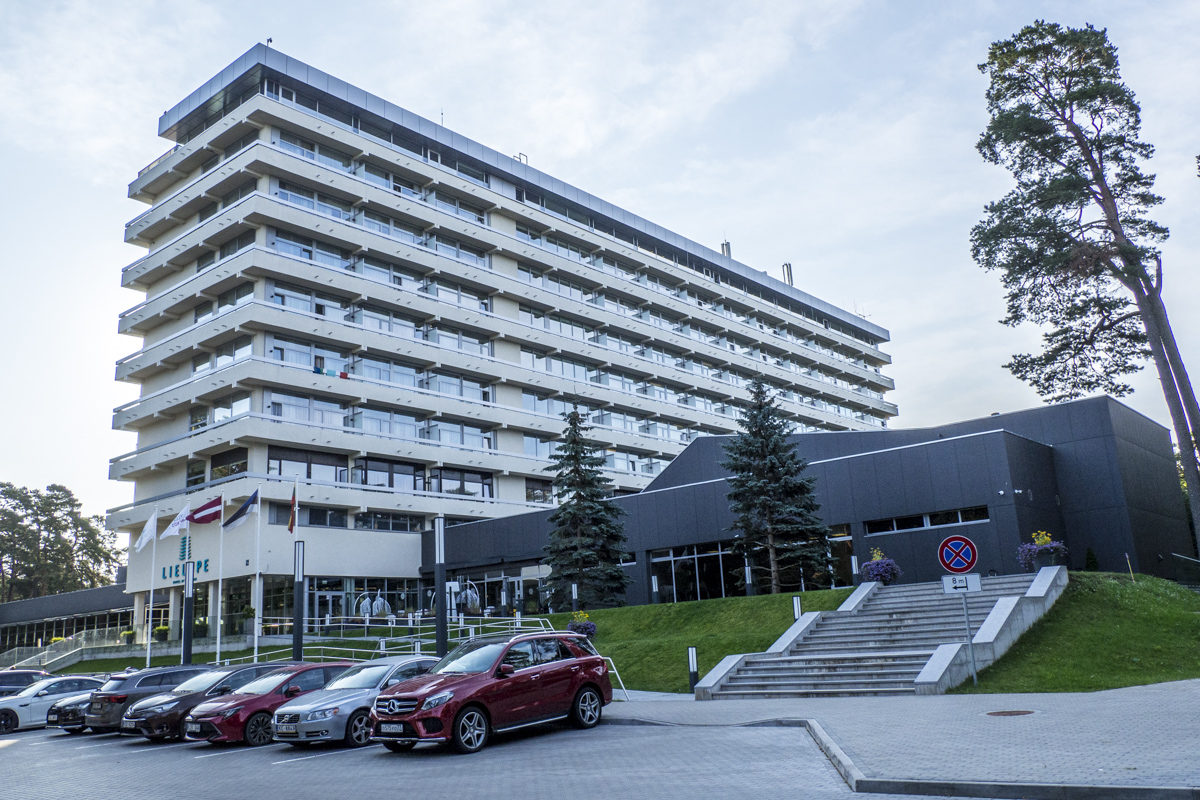
The Semarah Lielupe Hotel in Jūrmala in Latvia
Getting to Jūrmala in Latvia
Air Baltic operates direct flights to Riga. There is public transport available and at very reasonable prices. To benefit from the interesting and varied attractions in and around Jūrmala the best form of transport is probably a bicycle although there are regular bus services which are very cheap.
Available on GPSmyCity.com
This article is now featured on GPSmyCity. To download this article for offline reading or travel directions to the attractions highlighted in this article, go to Walking Tours in Jūrmala on GPSmyCity
This article is based on the personal experience of Valery, an ExperiencedTraveller..